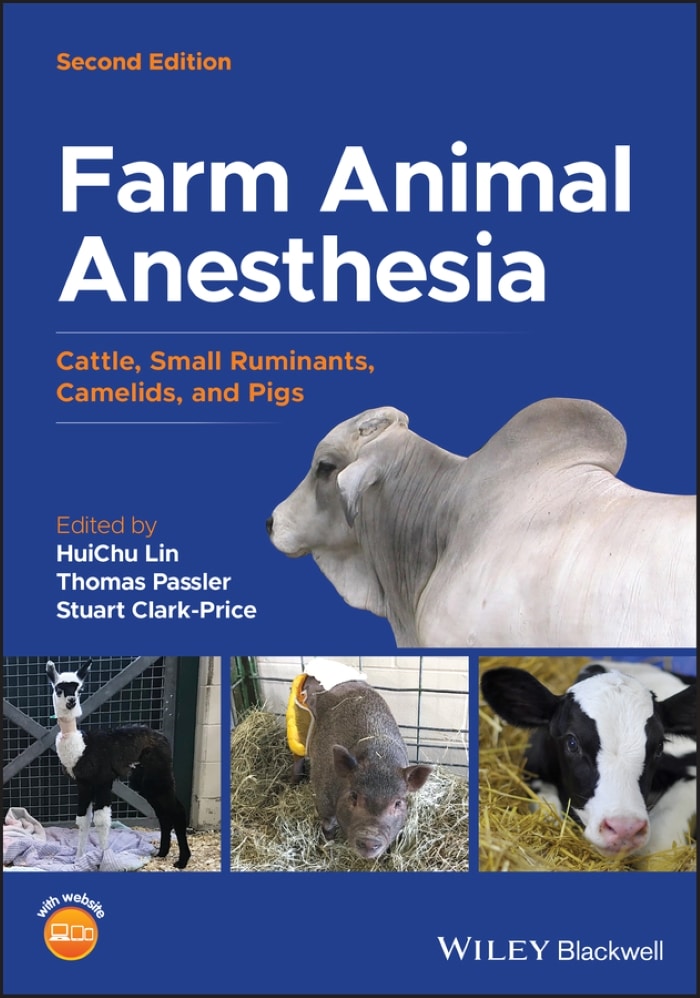
By HuiChu Lin, Thomas Passler and Stuart Clark-Price
In Farm Animal Anesthesia: Cattle, Small Ruminants, Camelids, and Pigs, 2nd Edition distinguished veterinarians Drs. HuiChu Lin and Paul Walz deliver a practical and easy-to-use manual for techniques associated with anesthesia and pain management in farm animal species. The authors incorporate advances in surgical and diagnostic techniques, with the latest drugs and equipment, updated images, and new technique descriptions added throughout the book.
Reflecting their newfound popularity, Farm Animal Anesthesia offers additional and updated information on drug combinations and anesthetic techniques relevant to small ruminants and potbellied pigs. New chapters and topics on paralytic drugs for complete muscle relaxation, ventilators for advanced orthopedic and ophthalmological surgeries, updated local and regional anesthetic techniques, and comprehensive standing surgery and diagnostic procedures have been added.
Perfect for farm animal practitioners, veterinary surgeons, veterinary anesthetists, and researchers, Farm Animal Anesthesia is also an indispensable resource for veterinary students and residents in surgery and anesthesia seeking a one-stop, practical reference to farm animal anesthesia.
Readers will also enjoy access to a companion website with video clips demonstrating techniques described within.

This Book is Available For Premium Members Only

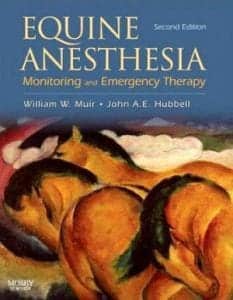

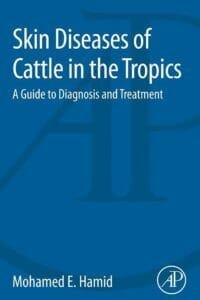

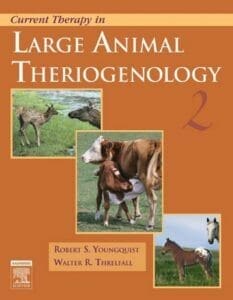
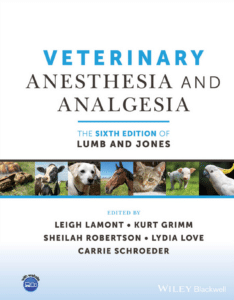

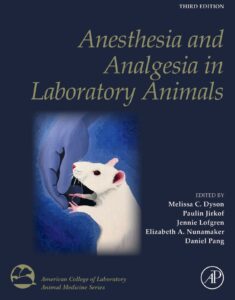




![Ettinger’s Textbook of Veterinary Internal Medicine 9th Edition [PDF+Videos] Ettinger’s Textbook of Veterinary Internal Medicine 9th Edition [True PDF+Videos]](https://www.vet-ebooks.com/wp-content/uploads/2024/10/ettingers-textbook-of-veterinary-internal-medicine-9th-edition-100x70.jpg)

![Textbook of Veterinary Diagnostic Radiology 8th Edition [PDF+Videos+Quizzes] Thrall’s Textbook of Veterinary Diagnostic Radiology, 8th edition PDF](https://www.vet-ebooks.com/wp-content/uploads/2019/09/textbook-of-veterinary-diagnostic-radiology-8th-edition-100x70.jpg)






